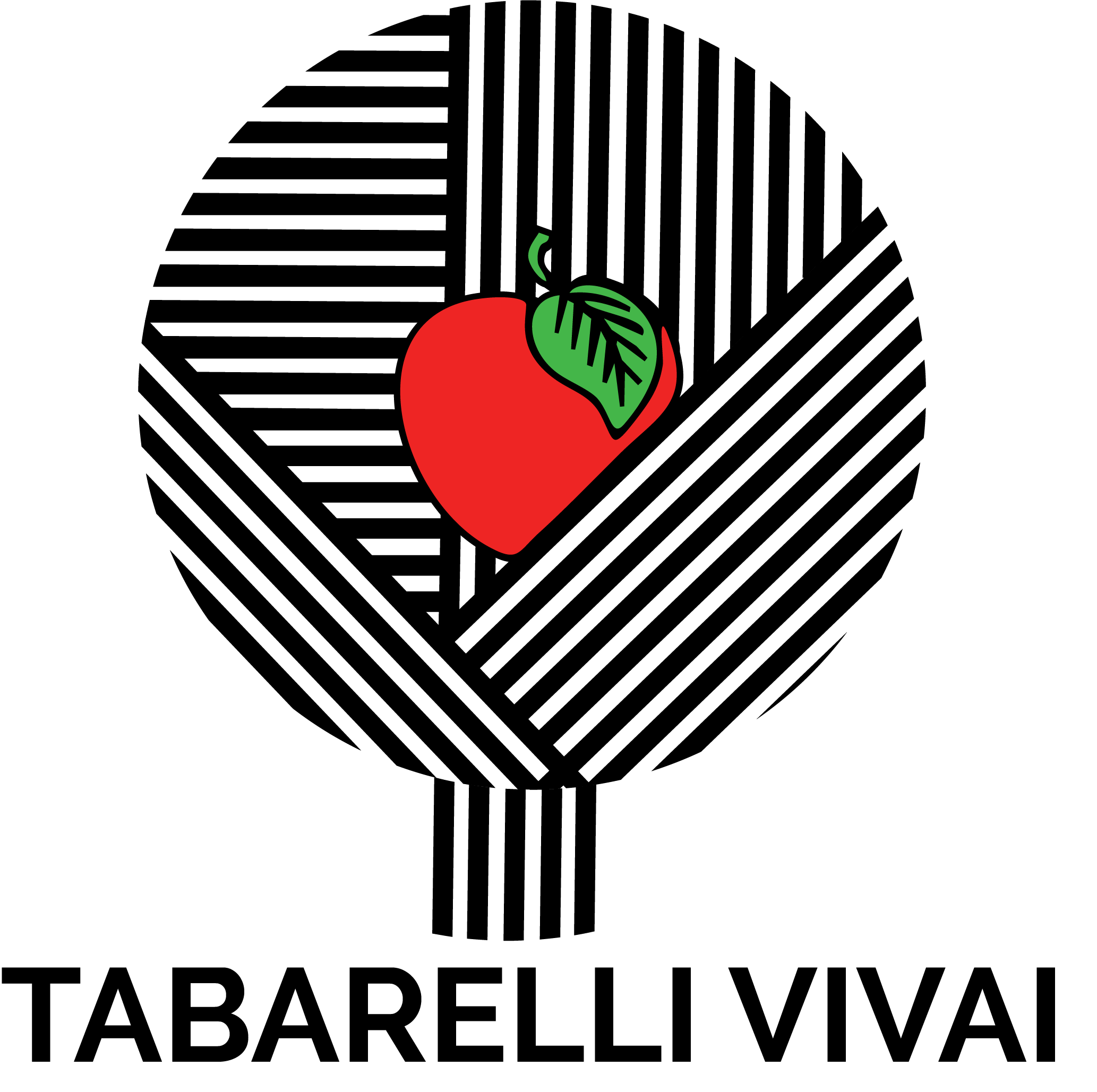

There is a wide range of rootstocks that facilitate the cultivation of apples and adapt it to different types of farming techniques and soils.
The rootstocks that used have always been obtained from so called “free seeds”. However, this seed does not guarantee rootstocks with perfectly uniform features. We still use it for some species which do not need to obey special requirements or uniformity standards. They provide vigour, greater resistance to drought and do not need support.
The modern genetic improvement of apple rootstocks was mainly conducted in England, at the East Malling Research Station. The station was the birthplace of the EM, commonly known as “M”, series, then later the MM (Malling-Merton) series, from the collaboration with the John Innes Centre of Merton.
New selections, such as Pajam, were created later in France, but also in other countries including Poland and USA.
The EM series especially is the foundation of modern fruit. M9 in particular has paved the way for high-density installations and a more economical management, improving both quality and productivity.
The rootstock is the root part of the plant and determines the robustness of the tree. The cloned rootstocks that are used commonly are multiplied and produced in root cuttings, in order to reproduce the exact features of the original mother plant. The combination of the genetic heritage and health of the material gives birth to uniform fruit trees whose grown is greatly facilitated.
The choice of rootstock is made according to the variety that should be produced, as the latter may have a more or less vigourous behavior.
The requirements that the rootstock must ensure are:
Rootstock most commonly used in the professional and modern fruit growing world. It induces a lower vigour, but can adapt to fertile and irrigated soils, has an excellent grafting affinity, provides an early harvest and maintains high production yields and quality of the fruits. It is not suitable for dry soils but emits low levels of of primordia and root suckers. It has a shallow rooting, which can therefore favour the development of weeds and is the most tolerant of the Phytophthora cactorum series (species). A support is necessary for its growth.
It is commercialised in different sizes:
In comparison with other rootstocks, we assign to M9 a vigour index equal to 100.
More vigourous than M9, lower affinity of grafting and thus a more irregular development. This clone presents very few root primordia (very limiting in other clones), premature maturation of wood, good resistance to cold winters, and is quite sensitive to the Erwinia amylovora. The fruits ripen early and have good coloring. It has a shallow rooting, a good size and a regular shape while ensuring high productivity. This rootstock is slightly too vigourous for dense installations. It attaches undoubtedly better to the ground compared to M9, but it still needs additional support. Vigour index of 135.
Medium vigour, higher than MM26, good rooting. Adult plant does not need external support. It has a shallow rooting and gives rise to well-branched plants. It is not recommended for wet or soils that are too sandy, as it has a high susceptibility to collar rot (Phythophthora cactorum). Vigour index of 170.
Vigour considerably greater than MM106, slower precocity but good productivity when the plant is mature. Good rooting that gives the plant the ability to sustain itself without the need of a support. Good resistance to cold winters and drought. Vigour index of 185.
A French selection of quince. Introduced in the late 1960s, it has proven to have the best ability to adapt to soils, but is however not ideal for fertility and has an insufficient crispness. It is less susceptible to chlorosis and tolerates a relatively high limestone context. The pear trees of the main varieties of BA29 proved to be more vigourous (+10/20) compared to Sydo and MA, and relatively more productive, even in the absence of symptoms of grafting disaffinity. The weakest point of the BA29, particularly in very fertile soils, is the vigour of the trees. The BA29 has proved to be the quince that best suits warmer climates in Southern Europe.
This quince, which was named after the nurseryman that selected it in the 1970s, is well-established according to the excellent experimental results from the University of Bologna that have been achieved since the 1980s. It is considered to be a quince of medium vigour, between MC and MA. Normally, the production efficiency is higher than that of the MA. In the Netherlands it is argued that Adams is the quince that most enhances fruit size and tree grafting after transplanting. Like MC, it is highly sensitive to damages from low winter temperatures. The graft affinity is not very good, an intermediate grafting is therefore better. Vigour index compared to BA29: -20